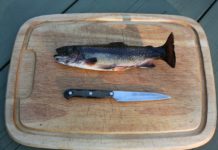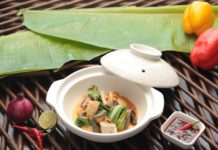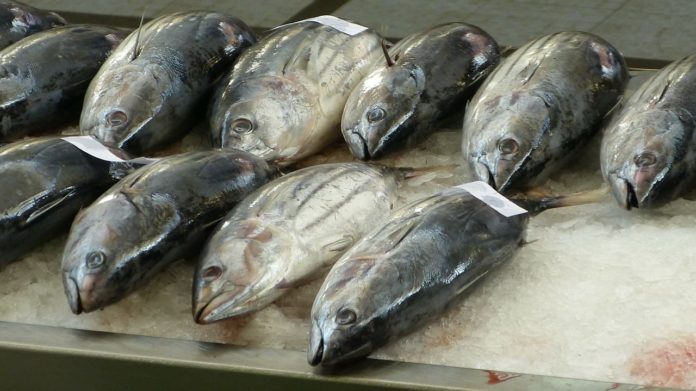
Skipjack tuna, also known as bonito or aku fish, is one of the most common types of tuna. It is particularly popular in Hawaii and Japan, where it is often consumed fresh, and it is even sold worldwide, canned as chunk light tuna.
Often underrated due to its smaller size and stronger flavor, aku fish doesn’t enjoy the popularity of its albacore, bluefin, and yellowfin brothers.
Nevertheless, it is delicious and healthier than all other types of tuna. In this ultimate guide to aku fish, we will show you why you should consider it, how to catch it, and will even reveal a few recipes that you’ll love.
Skipjack Tuna vs. Albacore
Albacore and skipjack tuna are the two most popular types of canned tuna. Although they are part of the same family, these two fish are very different.
Albacore tuna, also known as longfin, is a large fish characterized by a metallic dark blue-black and silver sides and belly. It often weighs over 70 pounds and thrives in the Pacific, Atlantic, and Indian oceans, as well as in the Mediterranean sea.
This variety has the mildest flavor and a lighter flesh, two characteristics that determine its popularity.
Albacore tuna is often canned as white tuna and is more expensive than skipjack, although it is much more detrimental to your health.
Skipjack tuna, on the other hand, is a mid-size fish characterized by a dark purplish back and a striped silver belly with up to six dark bands. It rarely exceeds 3 feet in length and 25 pounds and owes its name to the fact that it likes to skip over the surface of the ocean.
It loves warmer waters, although it lives in the same oceans as the albacore. However, it is less popular because of its stronger flavor and smaller size, which makes it less productive for the fishermen.
However, skipjack tuna is widely used in the Hawaiian and Japanese cuisines, where it is usually consumed raw or cooked rather than canned.
Is Skipjack Tuna Good for You?
Tuna consumption and human health have been a subject of debate for decades now. Because skipjack tuna is less popular than all other types, you might be concerned about how good this fish actually is.
The truth is that aku fish is healthier than the bigger varieties of tuna precisely due to its size.
Because it doesn’t grow to impressive dimensions, its flesh contains far less mercury than other types of tuna.
For instance, canned albacore contains 0.32 parts per million of mercury on average. At this level, world health societies and organizations advise limiting consumption to three 6-ounce portions per months for adults. Children above six shouldn’t exceed two 4.5-ounce portions a month, while youngsters shouldn’t eat more than a 3-ounce serving per month.
Bluefin and yellowfin tuna have comparable levels of mercury and should be consumed following the same indications.
In comparison, adults and children over six can safely eat a 6-ounce portion of skipjack tuna per week, while children under six can eat up to three 3-ounce portions per month. All this thanks to the 0.12 part per million of mercury found on average in aku fish.
Is Skipjack Tuna Good to Eat?
Now, while it’s clear that skipjack tuna is good for you – or at least better than other types of tuna – whether it is or not good to eat is much trickier. In the end, as with any other food, it’s all about personal taste.
Raw skipjack tuna has a deep red flesh that looks like raw beef, and its flavor is more fishy-tasting and bloodier than all other types of tuna. If you like fish in general though, there is a high chance you’ll like aku fish too.
However, you should be careful when selecting it. While most aku fish steaks have a darker brown area which is edible, you should steer clear from any fish that have dry or any other brown spots. You should also skip any aku steaks that have a rainbow sheen.
Fresh aku should have a slight ocean smell that is not disturbing. Also, remember that skipjack tuna season runs from late spring to early fall. “Fresh” aku fish available in the off-season is most likely thawed.
To make sure you’re eating the best possible aku, we recommend buying frozen filets or steaks if you’re not completely sure the tuna is fresh, as this will give you the possibility to control thawing. Alternatively, you can opt for dried aku.
The Best Dried Aku
Dried aku is a very popular dish in Hawaii. It’s similar to the beef jerky, and it can even be made through a similar method. However, if you want to taste the authentic Hawaiian cuisine, then you might be wondering which is the best dried aku.
According to the Hawaiians the best dried aku and the only real aku, as a matter of fact, is salted skipjack tuna dried in the sun.
Besides this original method, you can make dried aku in a dehydrator or oven though.
Dried Aku Recipe
Perhaps the easiest way to make dried aku at home is in the oven. You need a couple of thick aku steaks and salt; the process is similar to that of making beef jerky.
You should slice the fish into 10-inch long and 1-inch thick strips. Place them in a shallow baking pan and sprinkle generously with salt.
Let them rest in the fridge for about an hour, then cover the fish with water and let it sit for about 15 minutes, while you’re preheating the oven to 150°F.
Place some wire racks in another baking pan covered with baking sheets, place your aku strips onto the racks, and bake for 8 to 9 hours, turning the strips every hour. Taste a strip to check if it’s dry enough.
When you’re happy with the result, serve as it is or store your dried aku in a cool place or refrigerator for up to a week.
Recipe for Aku Poke
Another staple of the Hawaiian cuisine is aku poke. It’s the Hawaiian equivalent of the Japanese sushi, a raw aku recipe capable of delighting your taste buds with countless flavors. Aku poke is also easy to make.
For four people, you’ll need:
- 2 pounds of aku fillets
- 3 cucumbers
- 3-4 green onions
- 2 tablespoons sesame seed oil
- 1 tablespoon chili paste
- 1/8 cup soy sauce
- 2 passion fruits
- Juice from one small lime
- Black sesame seeds
To make aku poke:
- Cut your skipjack fillets into 1-inch cubes and refrigerate while you’re preparing the poke sauce.
- Cut the cucumbers into half-moons, chop the onions and scoop out the passion fruit flesh.
- Mix the soy sauce, chili paste, sesame seed oil, and lime juice into a larger bowl and stir until you obtain a smooth emulsion.
- Add the cucumber, green onions, passion fruit , and skipjack cubes into the bowl and mix vigorously with the sauce.
- Garnish the aku poke with sesame seeds, serve, and enjoy.
Other Recommended Aku Recipes
If you’re not truly a raw fish enthusiast or would like to try something else, know that there are many other dishes you can try. Here are a few recommended aku recipes.
Grilled Aku Bones
Born as a recipe for the poor, the grilled aku bones is a true delicacy. It is just what it sounds like, the grilled skipjack bone that remains after the fish has been scaled, cleaned, and cut. The dish is so popular in Hawaii that finding aku bones at the fish market is near impossible.
The bones are seasoned with Hawaiian salt, black pepper, and red pepper flakes, then grilled on burning coals. Alternatively, you can sprinkle the bones with flour and fry them in vegetable oil. Whatever your choice, the result is undoubtedly delicious.
Aku Burger
Perhaps a healthier alternative to the traditional beef or pork burger, the aku burger is another popular dish in Hawaii. Instead of mincing the meat, chop it finely and mix it with finely chopped yellow onions, chopped green onions, egg, and miso.
Form burger patties from the mix and grill or fry them, then serve them with your favorite veggies or fries.
Blackened Skipjack Tuna
Popular above all in Australia and Europe, the blackened skipjack tuna is nothing but grilled aku steak. You will need at least 1.5-inch thick steaks to achieve the best results. Marinate the meat in your favorite marinade and cook it on a hot barbecue or skillet, three minutes on each side.
Tuna steak pairs with a lot of sides, including buttered cauliflower, potato salad, braised kale, or sautéed vegetables.
Portuguese Style Aku
A recipe coming from the old continent, this dish is made from aku loin marinated for at least an hour in a mix of vinegar, garlic, and monosodium glutamate. Once marinated, the fish is dried with paper towels, sprinkled with flour, and fried in vegetable oil. Serve on stale sourdough French bread.
Japanese Style Seared Skipjack Tuna
Since skipjack tuna is mostly popular in Hawaii and Japan, we couldn’t skip a recipe from this country. Perhaps the most famous Japanese dish that features aku as the main ingredient is the seared skipjack tuna.
The secret of this recipe is the egg white brushed over the tuna steaks. The meat is then sprinkled with sesame seeds and seared in a very hot pan. Once seared, cover the steaks in a marinade made from garlic, mirin, ginger, lime juice, and soy sauce, and cook until the marinade starts to boil.
Let the steaks rest in the sauce for about 10 minutes, then garnish with fresh coriander and serve with Japanese-style noodles.
How to Catch Skipjack Tuna
Skipjack tuna populate warmer waters around the globe and their season runs from May to late August. Like all tuna, they are predators in constant search for food, so trolling is the best fishing method.
If you have enough patience, you can also catch skipjack tuna by casting baits or lures.
Nevertheless, the best method is trolling small skirts through the aku schools once you find them. You might have to invest some time in learning which colors and sizes work best, but once you do, you can expect a bountiful fishing session.
Another great way to catch skipjack tuna is with live bait if you’re lucky enough to have it. Aku fish love anchovies and sardines, but whatever smaller fish live in your area should work well.
One thing to keep in mind though is that despite their smaller size, skipjack tunas are very strong and stubborn. Therefore, you should invest in quality fishing gear and at least 60-80lbs monofilament line.
Whether you want to catch or decided to taste it, eating aku fish can be a great experience. After all, there is a high chance you already ate it as canned tuna, so why not try one of our proposed recipes? Who knows? Maybe you’ll discover a new favorite dish.
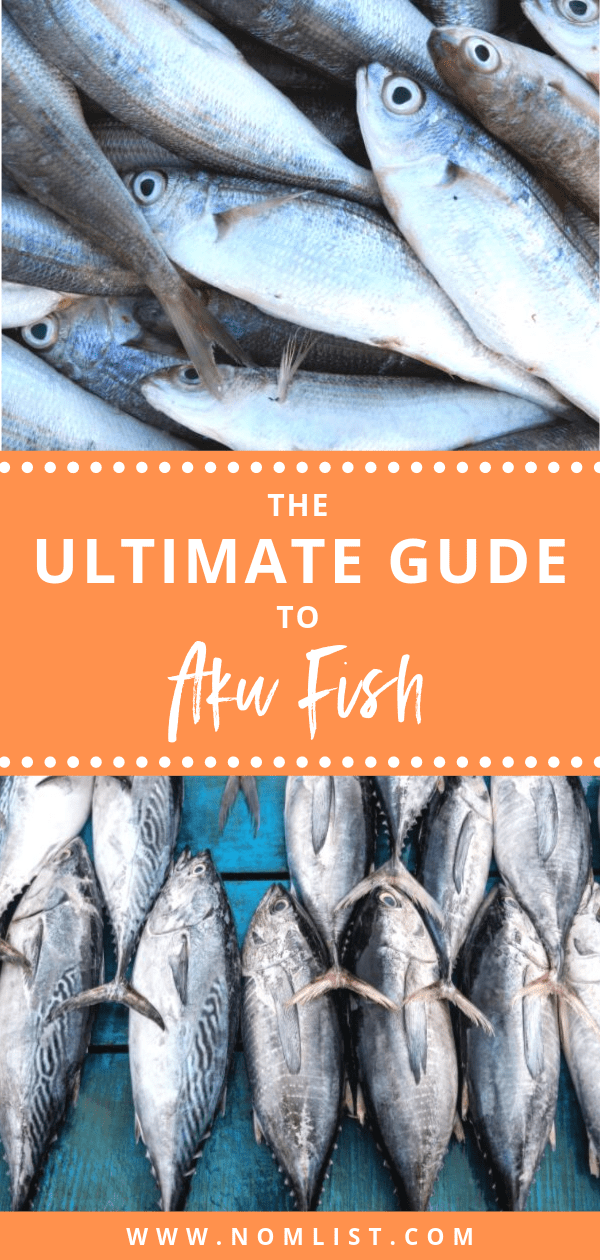
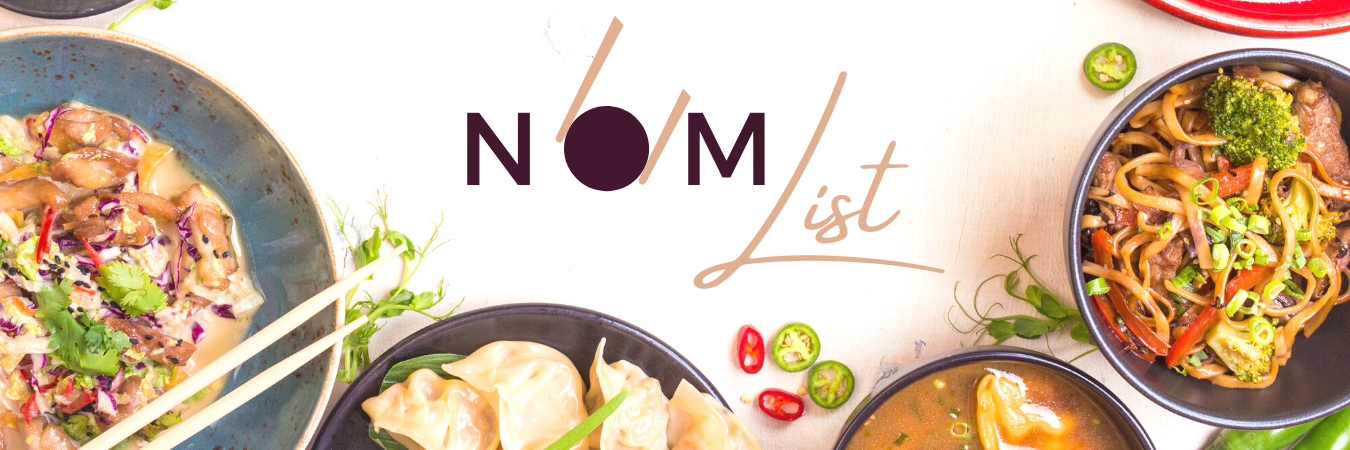


 Keani (@ohana_andrade)
Keani (@ohana_andrade)
